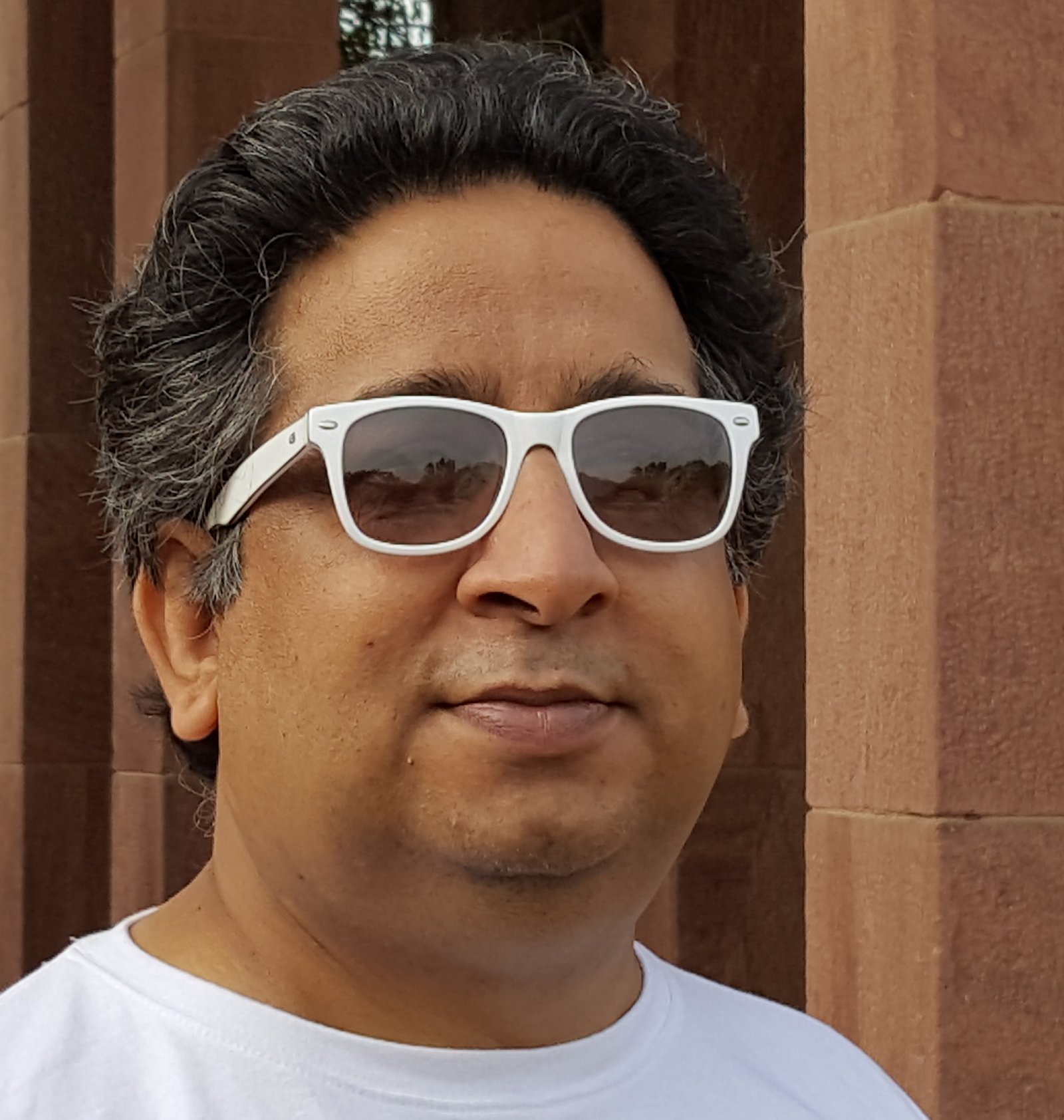
Mustansir Dalvi, in Conversation with Manya Joshi

Mustansir Dalvi, in Conversation with Saranya Subramanian (August 2024)

Pinkish Shah, in Conversation with Mustansir Dalvi (March 2023)
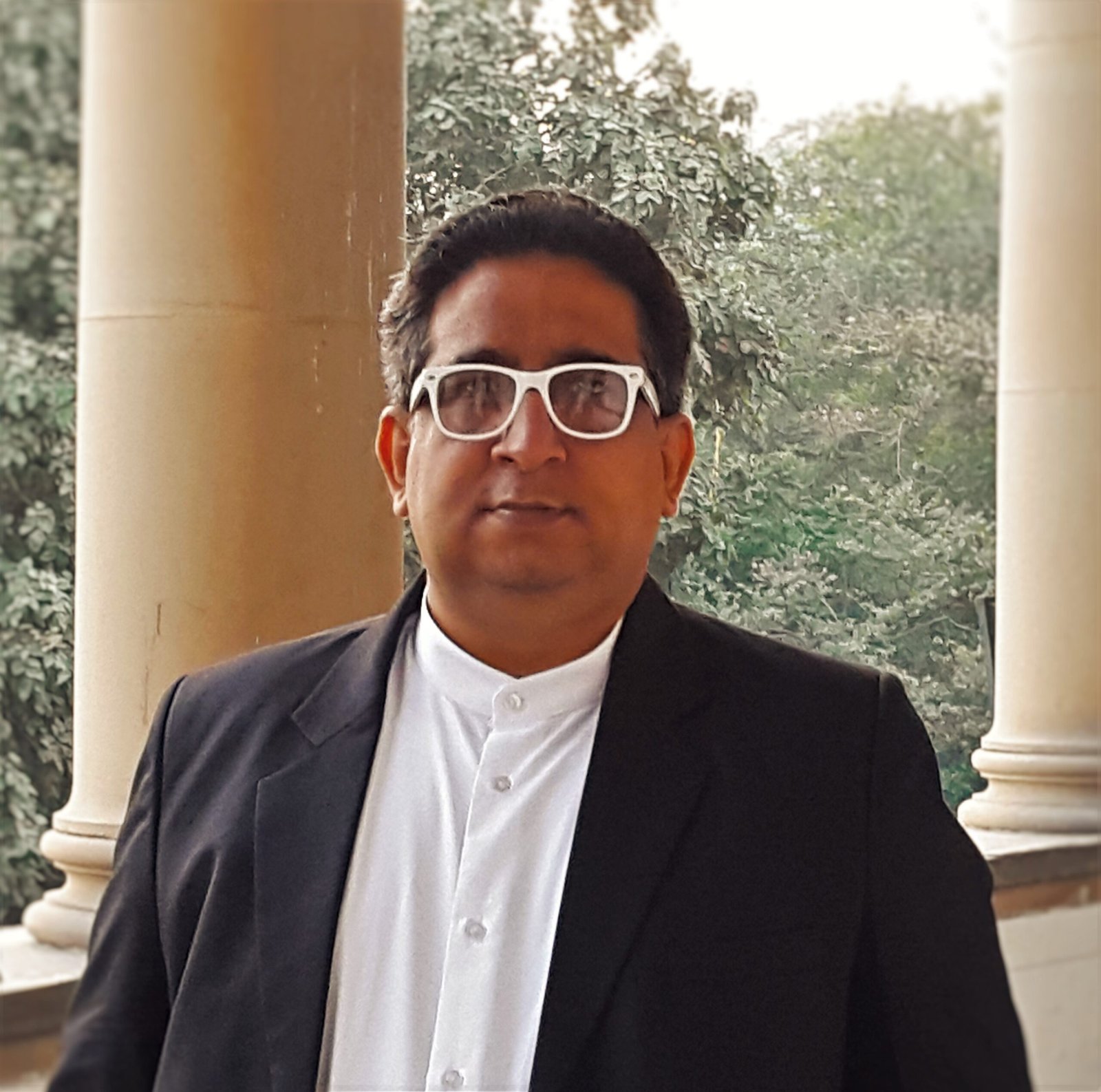
Mustansir Dalvi, in Conversation with Amlanjyoti Goswami
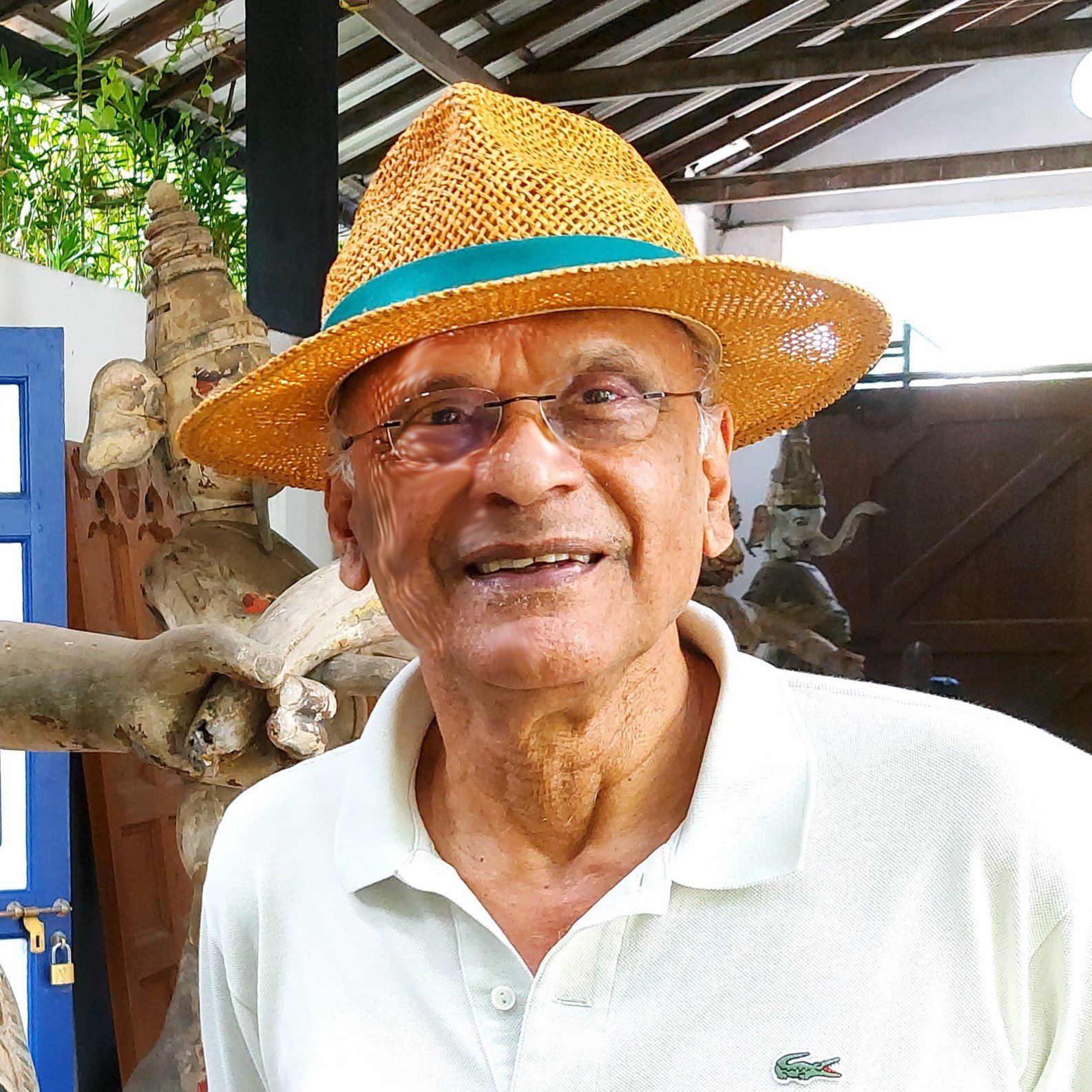
Ramu Katakam, in Conversation with Mustansir Dalvi (October, 2022)
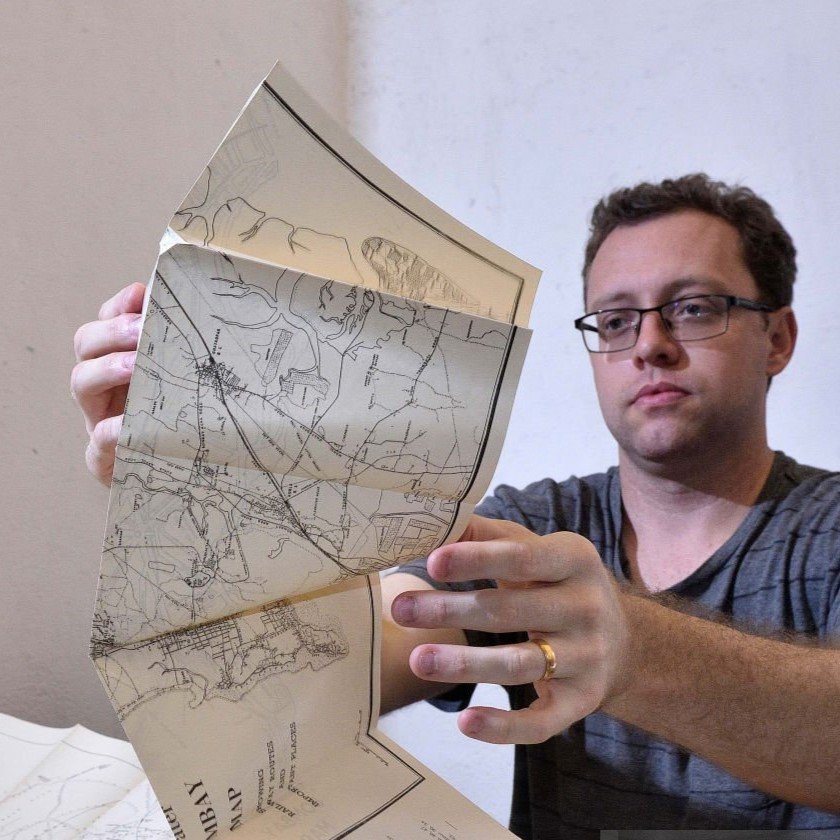
Robert Stephens, in Conversation with Mustansir Dalvi (July 2022)
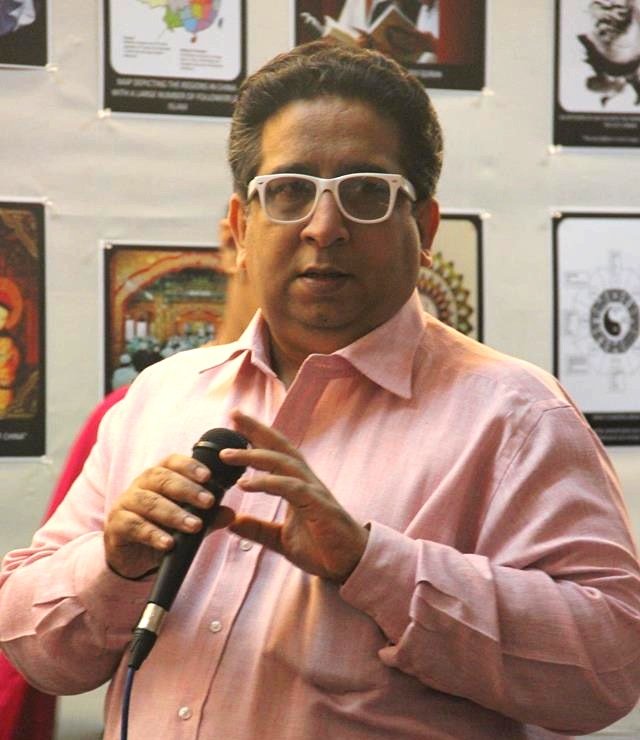
Mustansir Dalvi, Hemant Divate and Udayan Thakkar, in Conversation with Suhit Kelkar
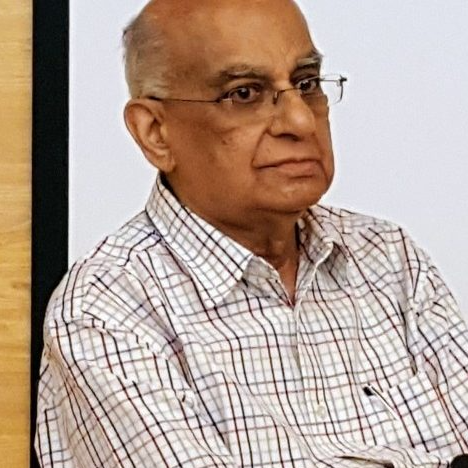
Kamu Iyer in Conversation with Mustansir Dalvi (March 2021)
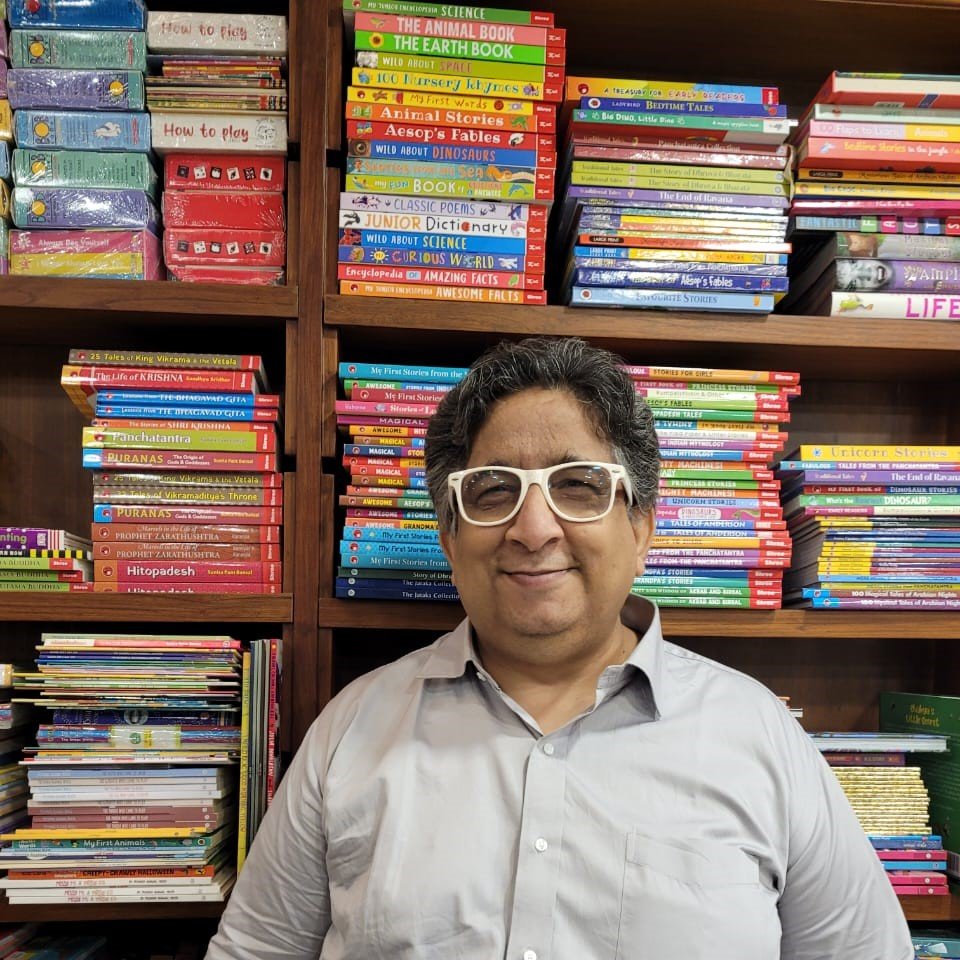
Mustansir Dalvi, in conversation with Fahad Zuberi (November 2019)
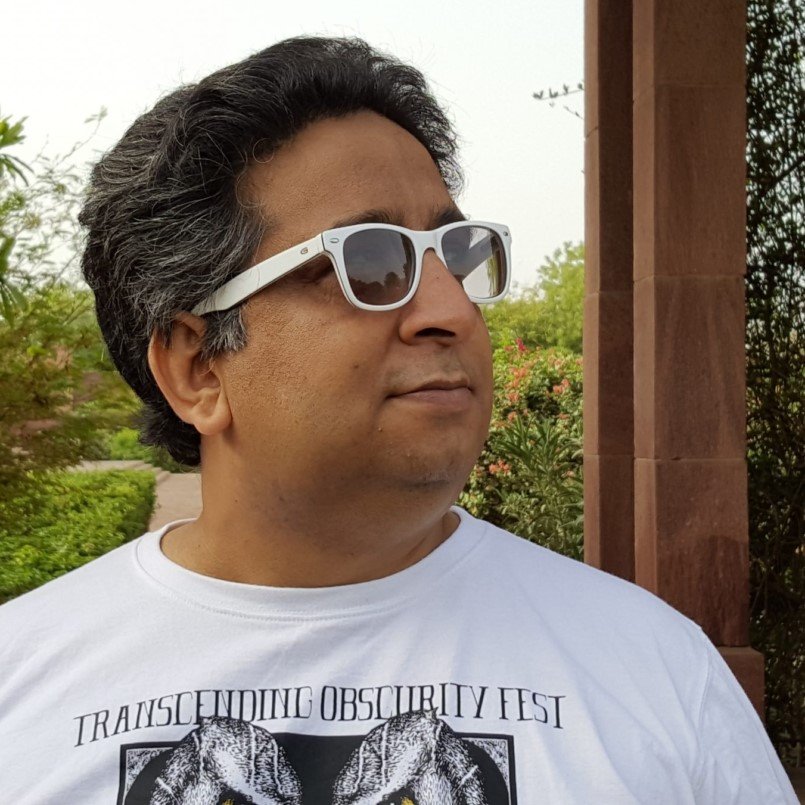
Five Minutes with Mustansir Dalvi
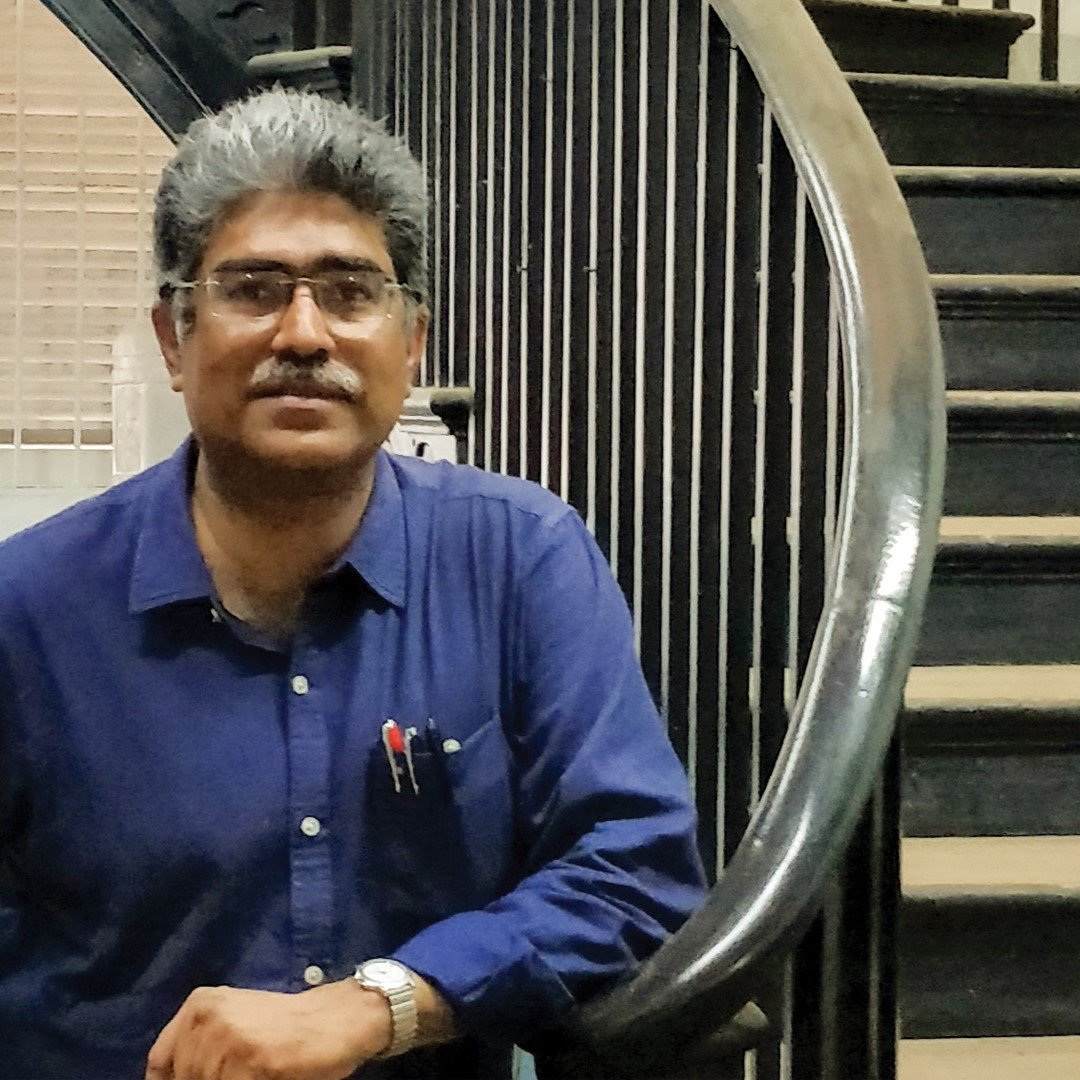
Vikas Dilawari, in Conversation with Mustansir Dalvi (June 2019)
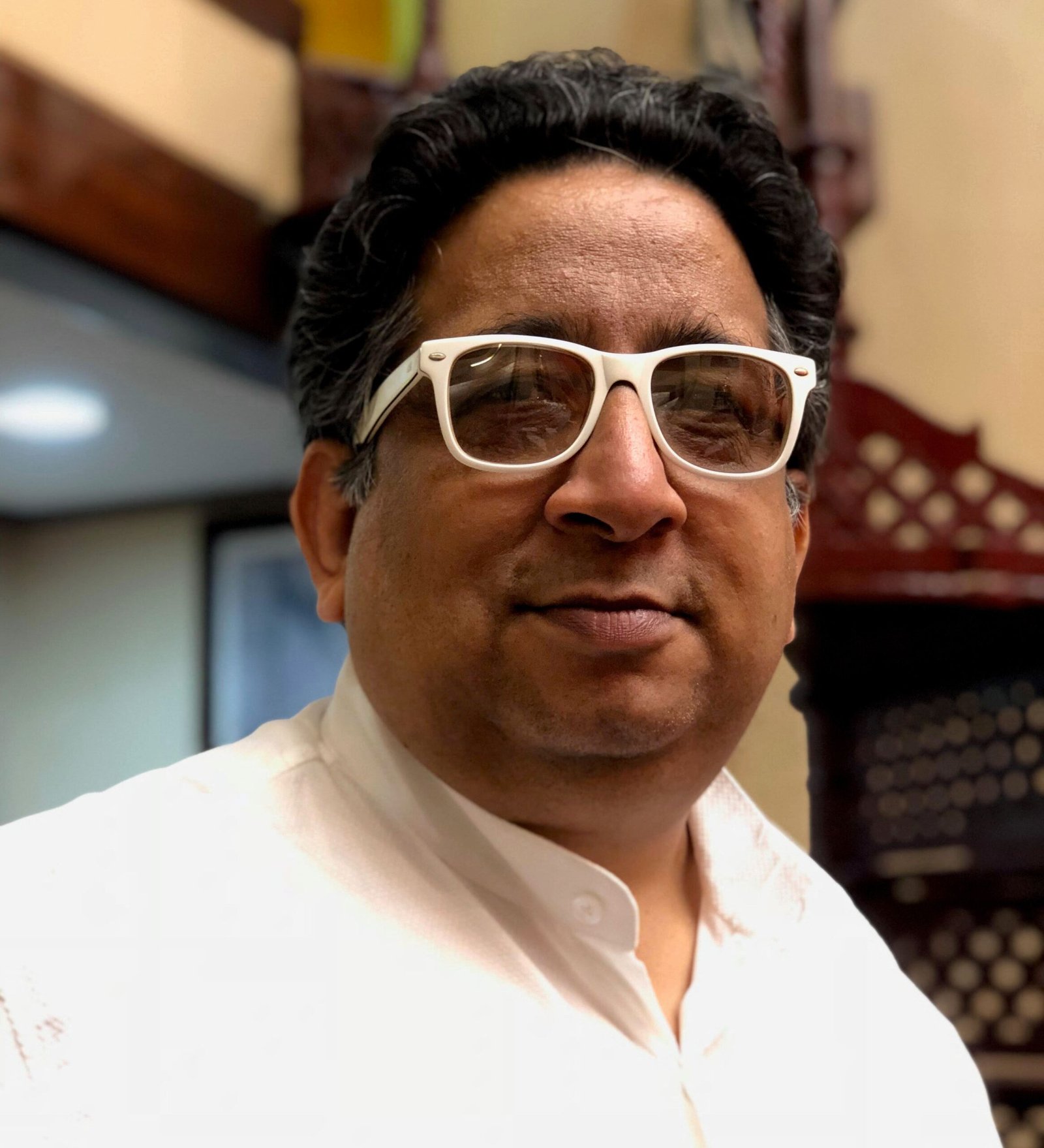
Mustansir Dalvi, in Conversation with Desmond Kon Zhicheng-Mingdé
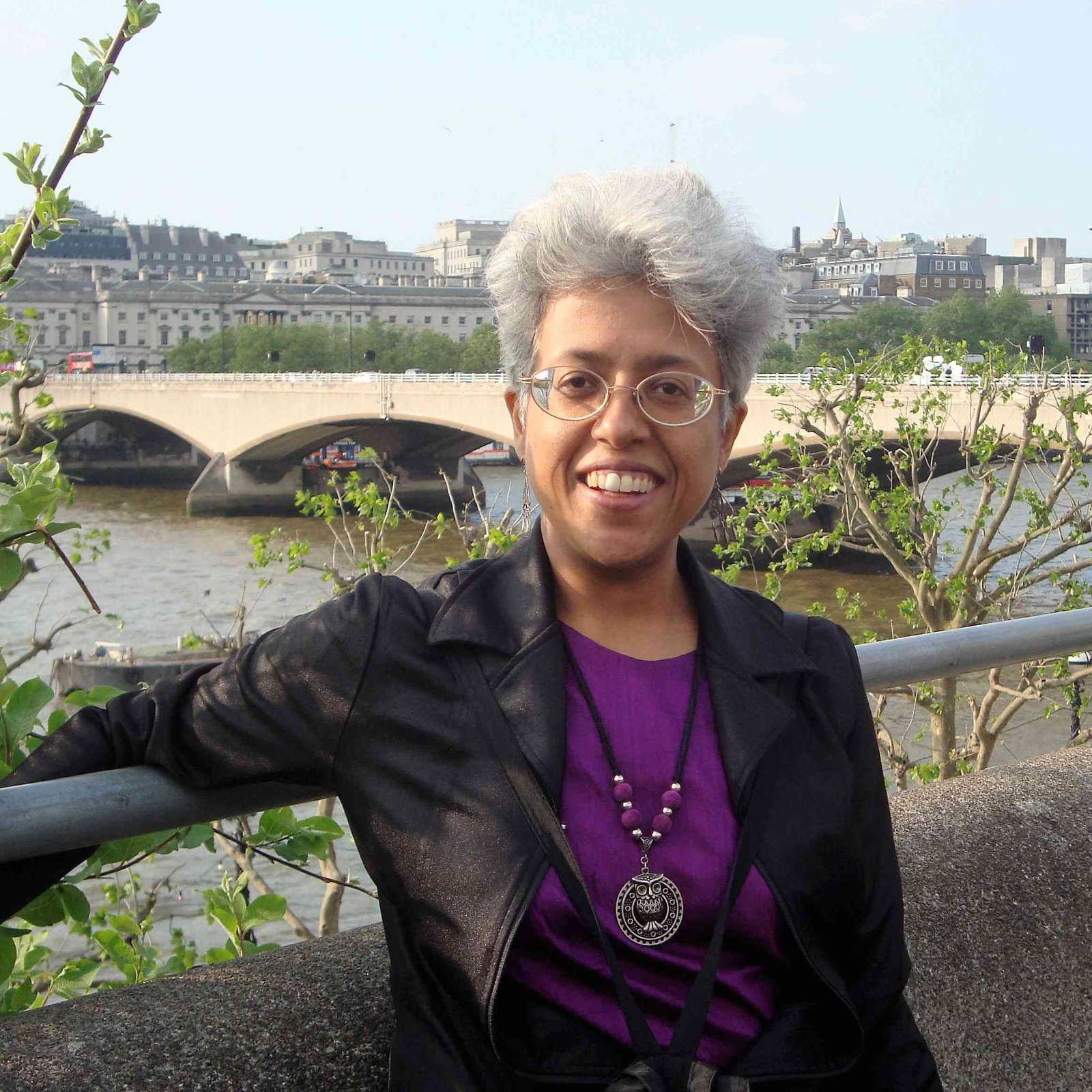
Sampurna Chattarji, in Conversation with Mustansir Dalvi (July 2016)
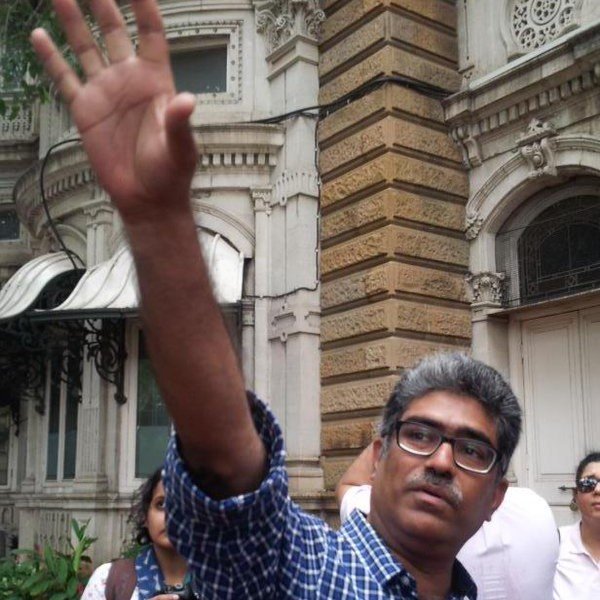
Vikas Dilawari, in Conversation with Mustansir Dalvi (March 2016)
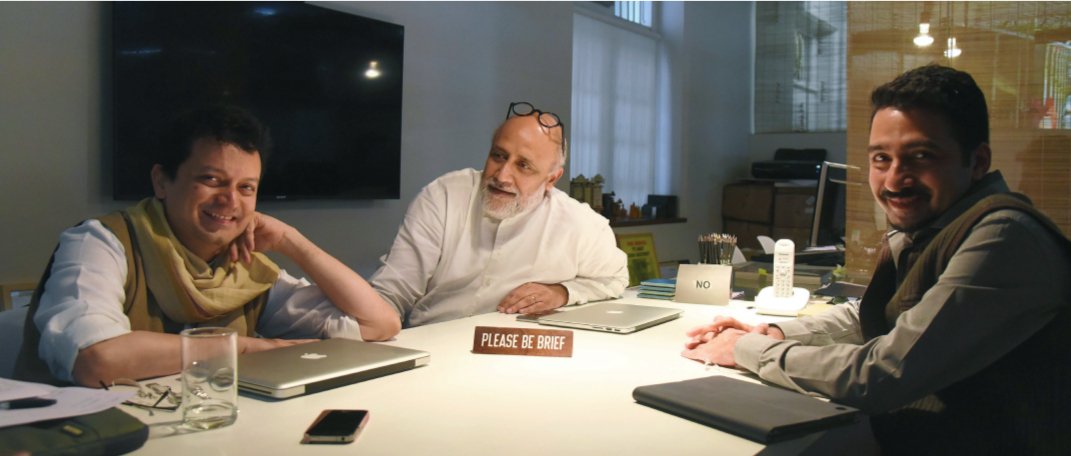
Rahul Mehrotra, Ranjit Hoskote, and Kaiwan Mehta, in Conversation with Mustansir Dalvi (February 2016)
Showing 1-15 of 18 results